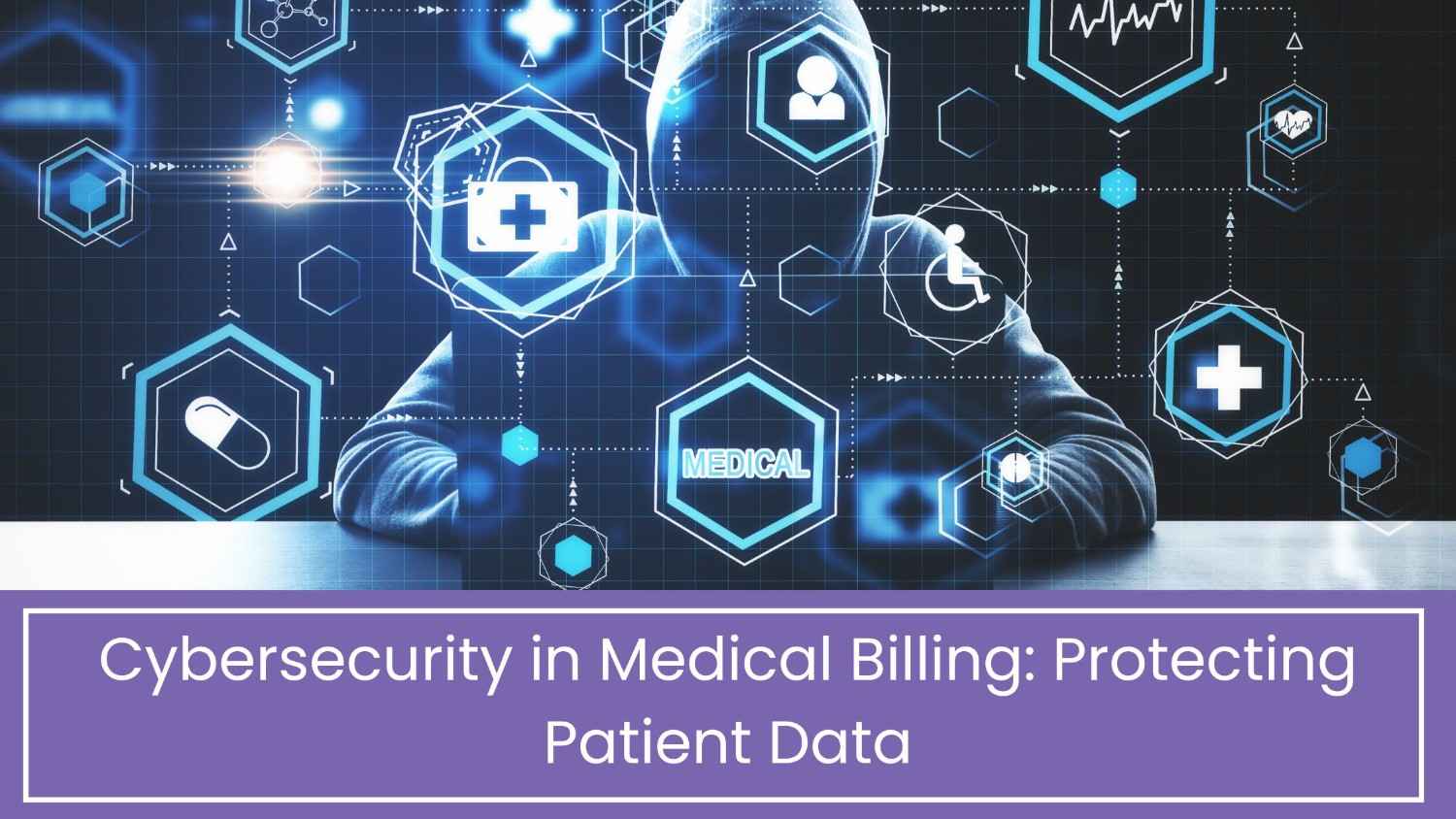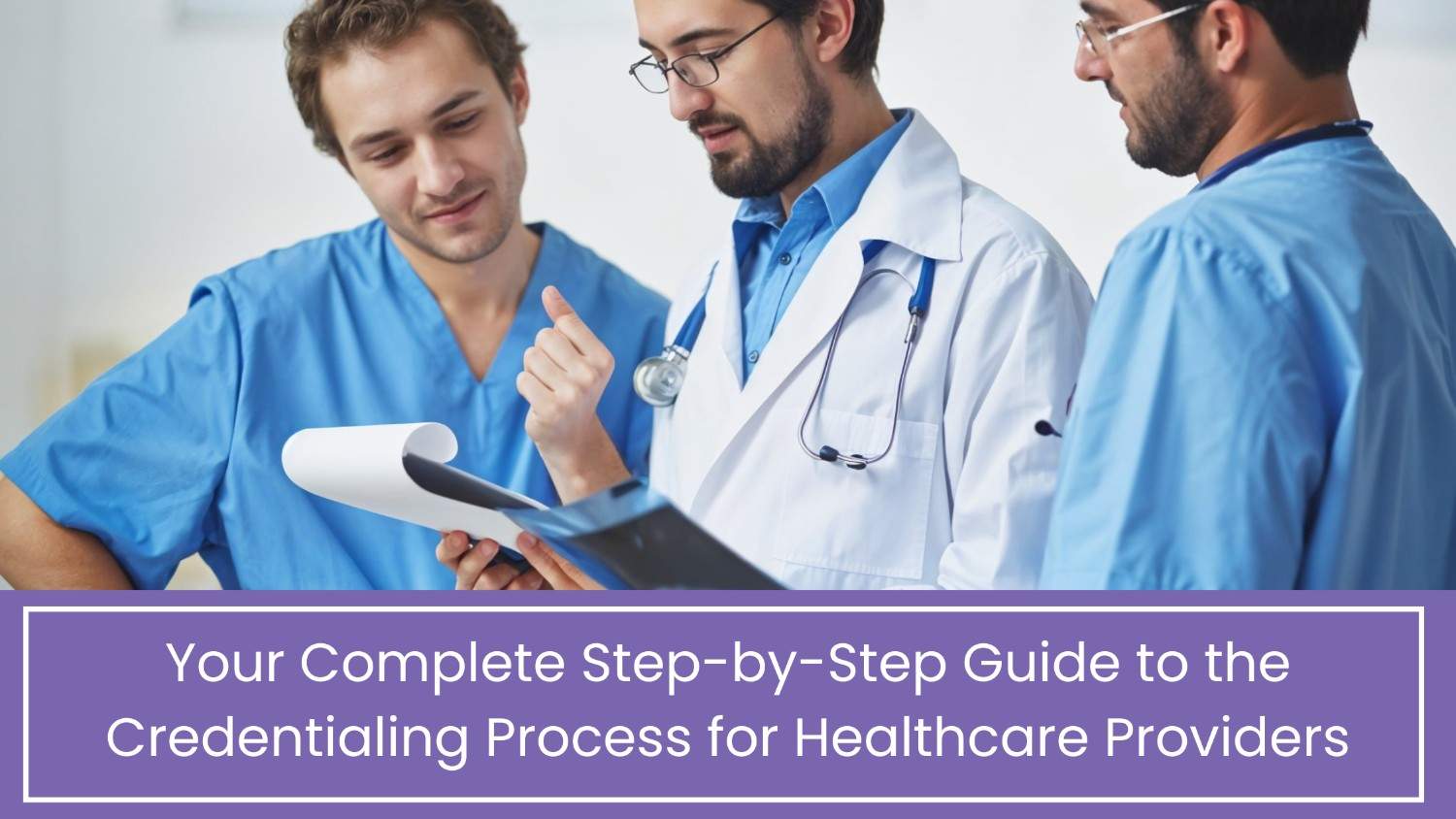Decoding Eligibility Benefits Verification to healthcare RCM
Decoding Eligibility Benefits Verification to healthcare RCM is essential for ensuring that patients receive the full benefits and coverage they are entitled to. As a crucial aspect of Revenue Cycle Management (RCM), Eligibility and Benefits Verification involves a thorough assessment of a patient’s eligibility for healthcare services while outlining the extent and limitations of their health insurance coverage. This comprehensive article delves into the complexities of Eligibility and Benefits Verification, detailing the procedural intricacies and exploring the strategic advantages of outsourcing this vital RCM component.
Table of Contents
What does “Eligibility and Benefits Verification” really mean?
Eligibility and Benefits Verification, succinctly known as “Eligibility Verification,” stands as a cornerstone within the healthcare revenue cycle management landscape. This intricate phase is geared towards confirming a patient’s insurance coverage and delving deep into the specific benefits and boundaries of their policy.
Unlocking Insurance Mysteries: The Core Purpose
The chief aim of Eligibility Verification is twofold: firstly, to discern whether a patient’s insurance policy encompasses the proposed healthcare services, and secondly, to gauge the potential financial obligations that may be borne by the patient. This involves a rigorous scrutiny of the patient’s insurance nuances, ensuring billing accuracy and streamlined claims management.
Before the First Medical Touch: The Timing
It’s pivotal to understand that this verification sequence unfurls before any medical services grace the patient, paving the way for a seamless billing and reimbursement journey.
Deconstructing the Eligibility and Benefits Verification Procedure
Eligibility and Benefits Verification within the realm of RCM comprises a series of intricate stages designed to elucidate a patient’s insurance coverage and financial obligations. Let’s dissect each of these stages to gain a comprehensive understanding:
1. Patient Information Gathering
The initial step in Eligibility Verification entails the collection of vital patient data. This encompasses personal particulars such as name, date of birth, contact information, and Social Security number, as well as insurance-related details including policy number, group ID, and the insurer’s name.
2. Scrutiny of Insurance Coverage
Once patient information is acquired, the pivotal task is to verify insurance coverage. This process involves a meticulous examination of the patient’s insurance policy to confirm its active status and its applicability to the intended healthcare services. It also entails validation of the policy’s effective date, ensuring it aligns with the date of service.
3. Grasping Benefits and Limitations
Eligibility Verification also encompasses an exhaustive analysis of the patient’s insurance benefits and constraints. This entails comprehending co-payments, deductibles, co-insurance percentages, and any pre-authorization prerequisites. This step is indispensable in delineating the patient’s financial obligations and guiding the subsequent billing procedures.
4. Coordination of Benefits (COB)
In situations where a patient possesses multiple insurance policies, the COB (Coordination of Benefits) process comes into play. COB aids in establishing the primary and secondary insurance plans, ensuring that claims are accurately submitted, thereby minimizing patient liabilities.
5. Patient Notification
Upon the culmination of the verification process, it is imperative to effectively communicate the findings to the patient. This entails apprising them of their estimated financial responsibilities, elucidating any out-of-pocket expenses, and discussing potential payment arrangements. Proficient patient communication is essential to mitigate billing disputes and augment patient satisfaction.
6. Thorough Documentation and Record-Keeping
Accurate record-keeping assumes a foundational role within Eligibility and Benefits Verification. It involves the meticulous preservation of comprehensive records pertaining to the verification process, patient interactions, and any financial agreements forged with the patient. These records serve as a point of reference for billing and claims processing.
7. Integration with Electronic Health Records (EHR) and Practice Management Systems
To optimize the efficiency of the RCM workflow, Eligibility Verification procedures must be seamlessly integrated with Electronic Health Records (EHR) and practice management systems. This integration guarantees that precise insurance information is readily accessible to healthcare providers and billing teams, thereby minimizing errors and expediting the process.
The Vital Role of Eligibility and Benefits Verification in RCM
The significance of verifying eligibility and benefits in healthcare revenue cycle management cannot be overstated. This routine administrative task holds great importance for several reasons:
1. Loss Prevention:
Verifying insurance coverage and patient benefits in advance helps healthcare providers avoid delivering unreimbursed services, thus preventing revenue loss resulting from denied claims or unpaid bills.
2. Enhanced Patient Experience:
Open and transparent communication with patients regarding their financial responsibilities fosters trust and satisfaction. Patients appreciate knowing what to expect in terms of costs, reducing the likelihood of disputes related to billing.
3. Improved Cash Flow:
Efficient eligibility verification expedites the billing and claims process, allowing healthcare providers to submit accurate claims promptly. This results in faster reimbursement and an overall improvement in cash flow.
4. Error Reduction:
Integration with electronic health records (EHR) and practice management systems (PMS) reduces the likelihood of billing and coding errors, further minimizing claim denials and rejections.
5. Administrative Relief:
Optimizing eligibility verification through integration and automation reduces the administrative burden on healthcare workers, enabling them to focus more on patient care.
Optimizing Healthcare Processes through Outsourcing Eligibility and Benefits Verification!
The strategic decision to outsource eligibility and benefits verification is a common practice among healthcare organizations, aimed at enhancing their operational efficiency. This involves entrusting the verification of insurance coverage, eligibility, and benefits for patients to specialized third-party service providers.
Primarily, outsourcing eligibility and benefits verification allows healthcare facilities to reallocate their in-house resources towards core clinical and patient care activities. This redirection of resources to areas of greater need can result in improved patient experiences, decreased wait times, and increased staff productivity.
Secondly, outsourcing guarantees precise and current verification, reducing the risk of claim denials stemming from inaccurate or outdated information. Experienced outsourcing partners employ trained professionals and advanced technologies to swiftly and accurately verify patient data, thereby minimizing costly errors and claim rejections.
Furthermore, outsourcing can yield cost savings by eliminating the necessity for additional staff training and technology investments, enabling healthcare organizations to reduce operational expenses and attain substantial cost-efficiency.
Final Thoughts
Within the realm of healthcare’s Revenue Cycle Management (RCM), the process of Eligibility and Benefits Verification stands out as crucial. It not only ensures patients are rightly covered and receive their due benefits, but it also acts as a protective layer for the financial health of both the patients and healthcare providers. Through detailed steps like collating patient information, confirming insurance coverage, and decoding benefit complexities, this Verification process simplifies billing and ensures timely reimbursements. Its value is underscored by its ability to curtail revenue leaks, elevate patient satisfaction, boost cash inflow, and lessen administrative tasks. Furthermore, the choice to delegate this essential task to experts can further streamline operations, diminish inaccuracies, and lead to significant cost savings.
Simplify Your Insurance Process with Practolytics!
Are you facing challenges with eligibility and benefits verification? Practolytics offers the solution you’ve been searching for! Our Eligibility and Benefits Verification Services eliminate the uncertainty from insurance coverage.
Choose Practolytics to guarantee that your patients receive the necessary coverage, minimizing claim rejections and delays. Our team of professionals conducts thorough eligibility and benefits verification, delivering you precise, actionable insights.
Bid farewell to insurance-related headaches and welcome a streamlined verification process. Rely on Practolytics to simplify your eligibility and benefits verification. For more information, reach out to us at [email protected].
ALSO READ – Understanding Eligibility and Benefits Verification: A Guide for Medical Practices
Talk to Medical Billing Expert Today — Get a Free Demo Now!






